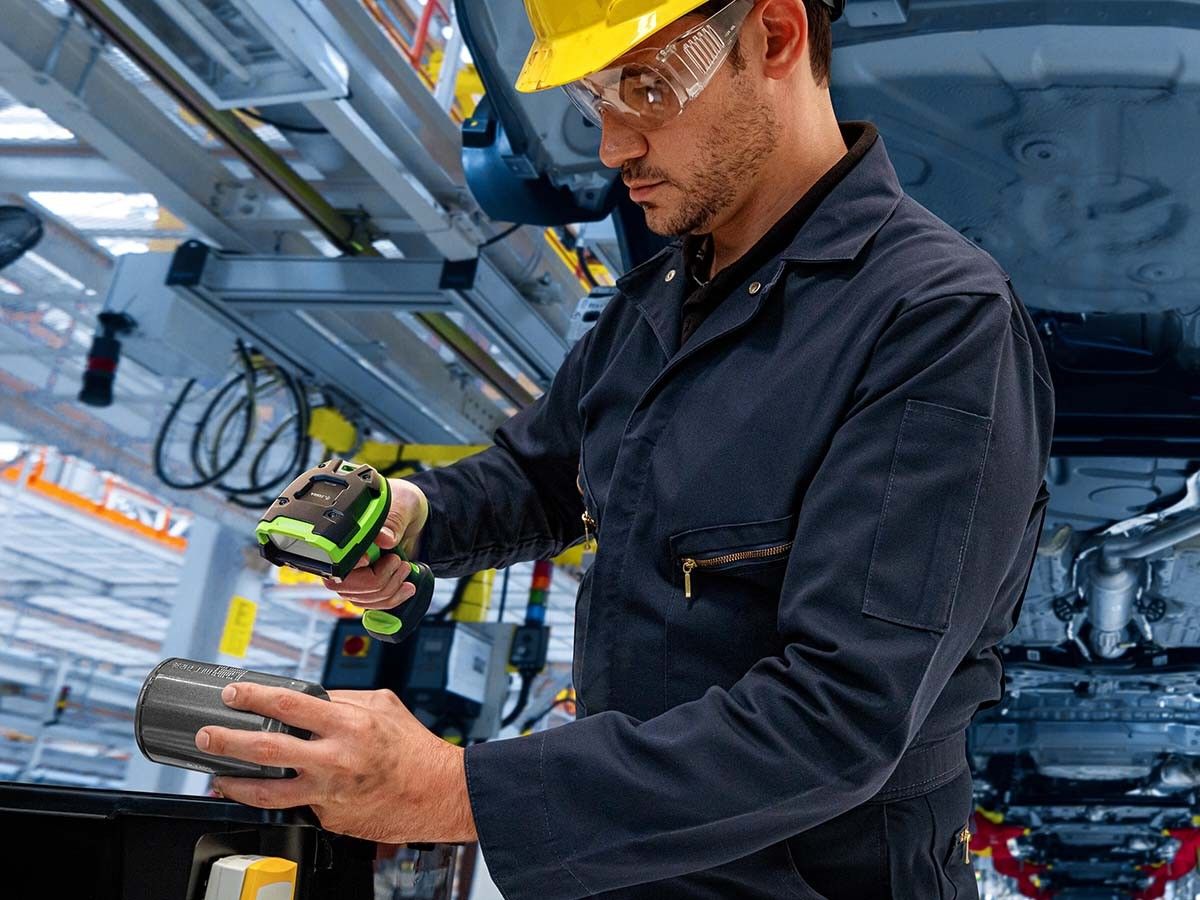Having an effective data-capture strategy is vital to success in today’s logistics world, where fast and accurate deliveries can make or break a business. Using advanced barcode scanning solutions—today’s lighter, faster, more accurate scanning guns, for example, and software that is compatible with a wide range of devices—can be a game-changer for companies that are struggling to keep up with accelerating demand and ever-higher service expectations. For many logistics companies, this often means saying goodbye to time-consuming, error-prone manual processes or ditching outdated technology.
Business leaders at courier service provider Blue Dart Express Ltd. and home delivery service company Rappi can attest to the benefits of upgrading your data-capture solutions to keep pace with changing business needs. Both have overhauled their logistics strategies in the wake of the Covid-19 pandemic and explosive growth in e-commerce by giving employees better equipment and software that is improving operations in house and in the field.
Here’s how they did it.
ELIMINATING MANUAL DATA ENTRY
Blue Dart provides express package delivery service throughout India and is a subsidiary of global logistics and delivery company DHL Group. Faced with steadily rising demand for its services, company leaders decided in 2022 to automate Blue Dart’s in-house business operations as well as its pickup services and logistics management tasks. Essentially, the company needed to replace old equipment and manual data-entry processes with an automated approach that would better meet customer needs and help the firm maintain a competitive edge in the South Asia marketplace. Company leaders worked with mobile computing firm Zebra Technologies, a longtime business partner, to replace outdated scanning devices with some of Zebra’s newest mobile and wearable technology solutions—tech that would enable more accurate data capture in the field and seamless integration of that information into Blue Dart’s back-end system and customer portals.
Following a two-phase implementation—in July 2022 and September 2023—the business partners documented the project in a case history published late last year. The solution included a combination of mobile computers, ring scanners, and handheld scanning devices, along with a suite of managed services that include technical support, analytics, and status updates. Android-based mobile computers are used for field deliveries, in-house operations, and pickups. Workers use Bluetooth-enabled “ring scanners”—so called because they can wear them on their fingers, typically the middle or index finger—and handheld barcode scanners for package loading and unloading at Blue Dart hubs.
Automating those tasks led to immediate efficiency improvements and faster turnaround times, in large part because workers could focus on core activities rather than data entry both in house and in the field. Real-time status updates allow for better decision-making across the organization, especially when it comes to delivery and route planning.
On top of that, the system provides better visibility into parcel tracking, which has led to improved customer satisfaction levels, according to Blue Dart and Zebra.
“By utilizing Zebra’s solutions, Blue Dart was able to provide enhanced efficiency and accurate tracking information to its customers,” according to the case history. “The real-time tracking feature empowered Blue Dart’s customers to closely monitor the progress of their shipments, thus fostering improved transparency and trust in the company’s services.”
OPTIMIZING ORDER PICKING
Leaders at Colombian home delivery service provider Rappi realized in 2020 that they would need to quickly scale operations to meet burgeoning demand for its services, driven by the Covid-19 pandemic. That meant hiring more “shoppers” and drivers to pick and deliver orders for prepared foods, groceries, clothing, and other items from restaurants, supermarkets, and retailers across nine Latin American countries. But Rappi’s bring-your-own-device (BYOD) policy was creating problems that could only be solved with a better software solution. Rappi had been using open-source scanning software that shoppers would download to their devices to pick orders for millions of products per week. The problem was, not every shopper’s device was compatible with the solution, leading to order and delivery problems.
“We realized that our app’s open-source scanning solution did not work properly on several of our shoppers’ and drivers’ smartphones, as they could not scan product barcodes correctly, which resulted in delays and incorrect deliveries to customers,” Firas Al-Ashram, a product leader at Rappi, said in a statement describing the project. “[Of] the several hundred different device models that our shoppers used, ranging from low-end to high-end models, many [were] older versions of the Android or iOS operating systems. While we wanted to maintain superior service to our users, we realized that we were expecting high-quality order fulfillment from our shoppers without providing them with a reliable tool to find the right products fast.”
In 2021, Rappi turned to data-capture technology provider Scandit to solve the problem, implementing the tech firm’s barcode scanning software, which is compatible with more than 20,000 smartphone models, according to Scandit. The partners deployed the software companywide in just two weeks and saw immediate improvements, including a 30% increase in worker productivity and double-digit gains in scanning accuracy. In its supermarket business alone, error complaints fell by 20%, according to the two companies.
Rappi has since expanded its use of the Scandit solution, and as of early 2024 was using it across three different applications within its business.
“Looking ahead, we want to keep growing, but more importantly, continue making life easier for our shoppers and customers … whether it is scanning barcodes to get the weight of products, for pricing, or to read ID cards, and several other activities for which scanning is not traditionally used in supermarkets,” Al-Ashram said in the statement. “We have an entire … team dedicated solely to initiatives related to Scandit, which offers us the flexibility to test quickly and adopt the best route.”
















